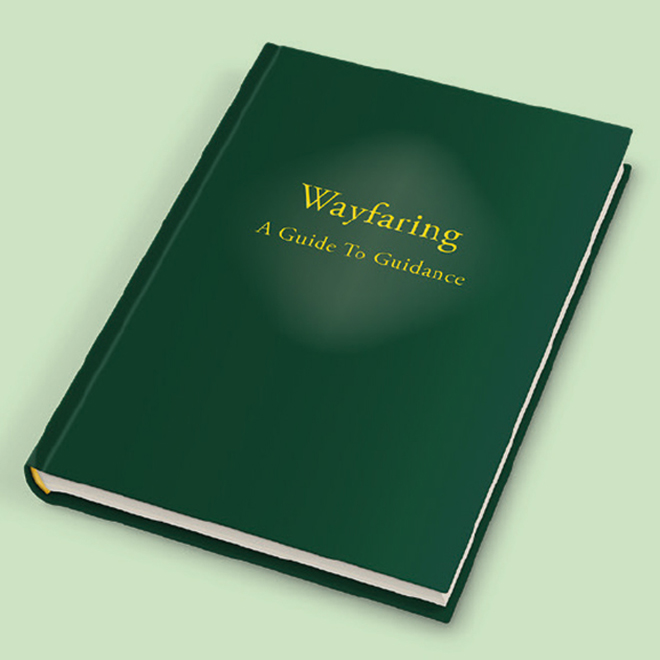Friends gathered in a sing song Photo: Fran Lane
Snapshots from YMG - Part 2
From stewardship to the Quaker species
Indefinite detention The injustice of indefinite detention was highlighted in a workshop at Yearly Meeting Gathering hosted by the Quaker Asylum and Refugee Network.
